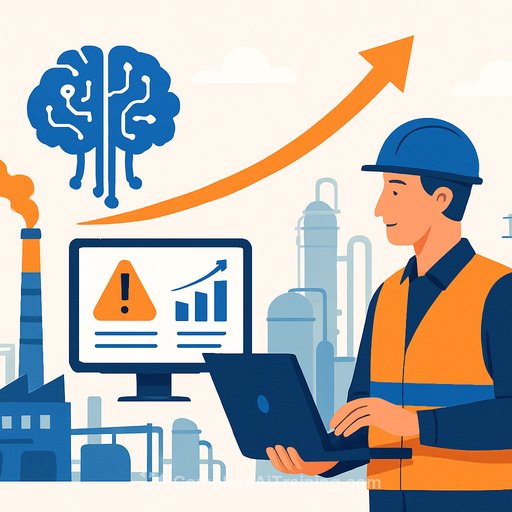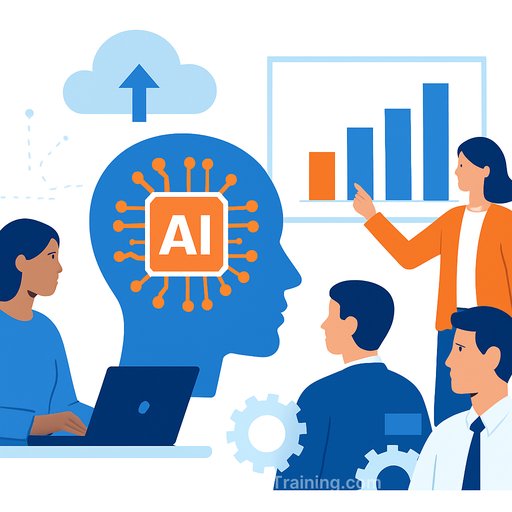How AI Bolsters Industrial Outage Management
Industrial outage management focuses on maximizing uptime by preventing disruptions or reducing their duration. Artificial intelligence has become a key technology for achieving both goals effectively.
Streamlining Maintenance Processes
Critical equipment in industrial settings requires regular maintenance to operate smoothly. While some downtime is unavoidable during these tasks, factors like technician availability and parts shortages can extend periods of inactivity.
AI-driven predictive maintenance tools connect to manufacturers’ data and analyze machine performance to anticipate potential issues. New generative AI tools can identify problems and suggest solutions or automatically create work orders that route directly to the responsible teams.
Data from companies using such systems show maintenance technicians becoming 55% more productive while equipment downtime for upkeep is cut in half. For example, an Australian steel company combines AI platforms with connected sensors to detect abnormal vibrations, minimizing downtime and boosting machine utilization. Similarly, a German automotive supplier uses AI to reduce repetitive tasks for engineers, improving efficiency.
Keeping Critical Infrastructure Operational
Managing electrical networks, wastewater treatment, and other essential services requires minimizing unplanned outages. Customers often take uninterrupted access to electricity or water for granted until service disruptions occur, which can be particularly dangerous for those relying on medical devices without backup power.
Some providers use automated outage notifications to inform customers they are aware of the issue and working on a fix. These messages often include estimated restoration times, setting realistic expectations and maintaining trust even during outages.
AI is vital for quick emergency response, especially during extreme weather that increases outage risks and delays restoration. Smart grids equipped with AI can detect issues in real time and sometimes resolve them autonomously. They also monitor demand to prevent overloads, reducing blackout chances in vulnerable areas.
Solving Problems with Limited Human Intervention
Labor shortages present challenges in many industries. Hiring and training new staff takes time, but AI can help by automating problem resolution.
For instance, NetBrain combines AI with digital twins to automate IT network mapping and issue handling. A 2025 version uses AI to triage and fix problems immediately after a trouble ticket submission, then summarizes actions before closing the ticket. This transparency helps network technicians analyze incidents and prevent repeats.
The system also scans the network post-outage to spot similar issues. With intent-based network mapping and continuous monitoring, AI alerts teams to potential failures ahead of time, enabling proactive management.
Complementing Human Skills
Advances in outage management keep essential industries running while improving customer satisfaction. AI plays a valuable role in maximizing uptime, but it supports human expertise rather than replacing it.
Managers looking to enhance operational resilience can explore AI training resources to better integrate these technologies into their teams. For practical AI courses aimed at professionals, consider visiting Complete AI Training.
Your membership also unlocks:





